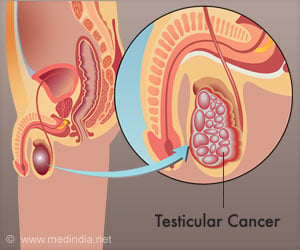Liver inflammation is not taken so seriously by most people and only less than 10 per cent of those infected with viral hepatitis are aware of their disease. Viral hepatitis can lead to life-threatening conditions such as fibrosis and liver cancer, says WHO.

‘Recent WHO estimate says many people in the South East Asia region are not aware that they are infected with viral hepatitis. This can lead to progressive liver damage and can cause life-threatening conditions such as fibrosis and liver cancer, resulting in an estimated 410,000 deaths in the region every year.’





Further, less than 10 per cent of those who do know their status are receiving appropriate treatment, it said. This lack of awareness and proper treatment is same in the region as well as the world across, the WHO said in a statement. "This lack of awareness and treatment lead to progressive liver damage and can cause life-threatening conditions such as fibrosis and liver cancer, resulting in an estimated 410,000 deaths in the region every year," Singh said.
It also allows viral hepatitis to spread. About 40 million people live with chronic hepatitis B in the region while an estimated 10 million live with chronic hepatitis C. Urgent action is needed to find, test and treat the missing millions suffering viral hepatitis, WHO said.
As per the time-bound targets of WHO's Regional Action Plan, at least 50 per cent of the infected people should know their status and at least 75 per cent of those diagnosed with the disease should get treatment by 2020.
Further, more than 90 per cent newborns should receive the hepatitis B vaccine's birth dose, while at least 95 per cent of children should complete the vaccine's three-dose schedule. Increased injection safety in health facilities is likewise critical, WHO said.
Advertisement
She further suggested capacity building of health workers at all levels to identify symptoms and test for the disease. The health workers must have better access to quality point-of-care diagnostics and laboratory testing. All testing kits should be affordable and quality assured.
Advertisement















